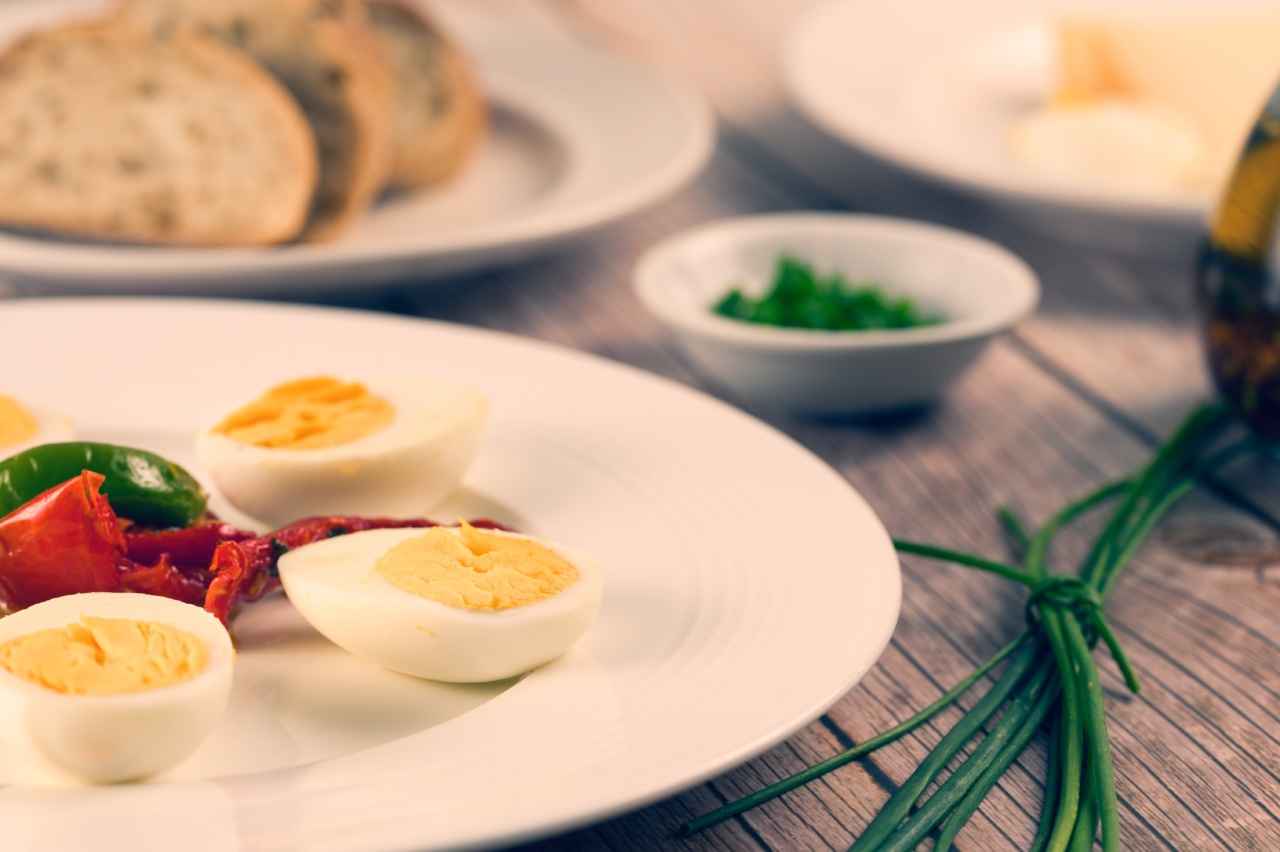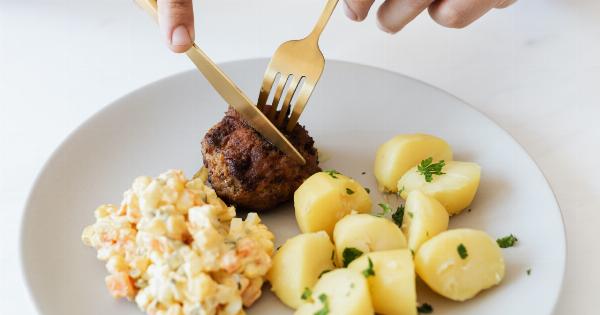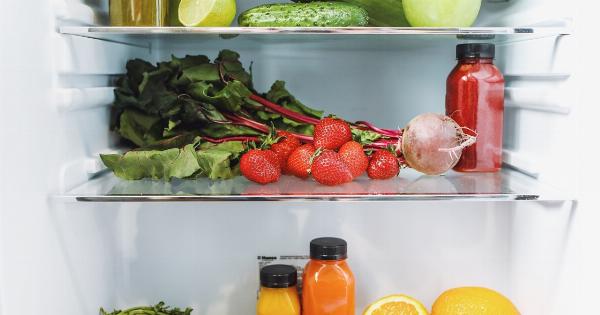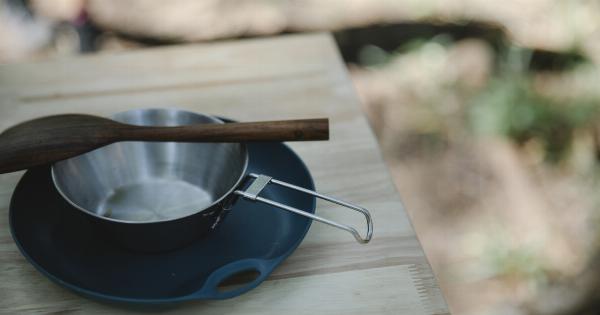Boiled eggs are a versatile and nutritious food that can be enjoyed in many different ways. Whether you’re making deviled eggs, egg salad, or just want a hearty breakfast, knowing how to peel boiled eggs like a pro can make all the difference.
Peeling boiled eggs can be a frustrating task, as the shell often sticks to the egg white, making it difficult to remove without damaging the egg. However, with a few simple techniques and tricks, you can become an expert at peeling boiled eggs effortlessly. In this article, we will guide you through step-by-step instructions on how to peel boiled eggs like a pro.
Why Does It Matter?
You might be wondering, why is it important to know how to peel boiled eggs properly? Well, aside from the obvious fact that you don’t want to end up with a messy, ugly-looking egg, there are a few other reasons why peeling boiled eggs correctly matters. Firstly, improperly peeled eggs can lead to wastage as chunks of egg white may come off along with the shell.
Secondly, if you’re planning to make deviled eggs or any other dish that requires a neatly peeled egg, an uneven or damaged egg white can ruin the appearance and texture of the final product. Lastly, peeling boiled eggs with ease can save you time and frustration in the kitchen, making the cooking process more enjoyable overall.
Choose Fresh Eggs
The freshness of the eggs can greatly impact how easy they are to peel. Fresh eggs have thicker albumin (egg white) which tends to cling tightly to the shell, making them more difficult to peel.
Therefore, it’s best to use slightly older eggs when boiling. Eggs that are about a week old are often easier to peel than very fresh ones. To determine the freshness of an egg, you can perform the float test. Fill a bowl with water and gently place the egg in it.
Fresh eggs will sink to the bottom and lie flat, while older eggs will stand upright or float. If the eggs float, it’s a good indication that they’re not as fresh and will likely be easier to peel.
Boil the Eggs Properly
Properly boiling the eggs is an essential step to ensure easy peeling. The technique you use to boil the eggs can make a significant difference. Here’s a step-by-step guide:.
1. Place the eggs in a single layer at the bottom of a saucepan or pot.
2. Add enough cold water to the pot, ensuring that the eggs are covered with at least an inch of water.
3. Slowly bring the water to a rolling boil over medium heat.
4. Once the water starts boiling, reduce the heat to low and let the eggs simmer for about 9-12 minutes, depending on the level of doneness you prefer (9 minutes for soft-boiled eggs and 12 minutes for hard-boiled eggs).
5. While the eggs are simmering, prepare a separate bowl filled with ice water.
6. Once the desired cooking time is reached, use a slotted spoon or tongs to transfer the eggs carefully from the hot water to the ice bath.
7. Let the eggs sit in the ice water for at least 5 minutes to cool and stop the cooking process. The cold water helps to create a temperature difference between the egg white and the shell, making it easier to peel.
Cool and Tap
Once the eggs are thoroughly cooled in the ice water, it’s time to start peeling. Here’s what you need to do:.
1. Gently tap both ends of the egg on a hard surface to create small cracks.
2. Roll the egg between your palms, applying gentle pressure. This will help the cracks to spread across the surface of the egg, making it easier to peel.
3. Begin peeling the eggshell at one of the cracked ends. Make sure to remove some of the shell along with the membrane beneath it, as the membrane helps to separate the shell from the egg white.
Peel Under Running Water
If you’re still having difficulty peeling boiled eggs with the above method, you can try peeling them under running water. Here’s how:.
1. Hold the egg under a stream of cool running water.
2. Start peeling from the wider end of the egg, where the air pocket is usually located. This area tends to have a slight gap between the shell and the egg white, making it easier to initiate the peeling process.
3. Gently slide your thumb or a spoon between the shell and the egg white, loosening the shell as you go along. Aim to remove larger areas of the shell at once instead of trying to peel it off in small fragments.
4. Keep the egg under the running water as you peel to help wash away any small bits of shell that may have stuck to the egg white.
Use a Spoon
If you’re struggling with peeling boiled eggs by hand, using a spoon can come in handy. This method is especially effective for eggs that have been slightly overcooked or for eggs that have stubborn shell fragments.
Here’s how to peel boiled eggs using a spoon:.
1. Crack the shell of the egg by gently tapping it on a hard surface.
2. Start peeling by placing a spoon between the shell and the egg white near one of the cracked ends. Ensure that the spoon is slightly under the shell.
3. Rotate the spoon around the egg, gently separating the shell from the egg white.
4. Continue sliding the spoon under the shell, gradually peeling it off from the egg white. Be cautious not to press too hard to avoid damaging the egg.
Peel from the Bottom
Peeling boiled eggs from the bottom, instead of the traditional top, can also make the process smoother. Here’s how:.
1. Gently tap the bottom of the egg on a flat surface, creating small cracks without completely breaking the shell.
2. Start peeling the egg from the bottom by removing a small piece of the shell along with the egg white.
3. Gradually work your way around the egg, peeling the shell off bit by bit. The shell at the bottom is often thinner, making it easier to peel.
Use Vinegar
Vinegar can sometimes help to make the peeling process easier. Here’s what you need to do:.
1. Add about 1 tablespoon of vinegar to the water while boiling the eggs.
2. Follow the usual boiling process, simmering the eggs and transferring them to an ice bath.
3. Once the eggs are cooled, peel them using any of the above methods.
Vinegar can help to soften the shell and make it easier to peel. However, be cautious when adding vinegar to the water, as excessive amounts can affect the taste of the eggs.
Moisturize Your Hands
Another useful tip is to moisturize your hands before peeling boiled eggs. Dry hands can cause the eggshell to stick, making it more difficult to peel. Apply a small amount of oil or lotion to your hands and rub them together, coating the skin evenly.
This thin layer of moisture will act as a barrier between your hands and the eggshell, reducing friction and allowing the shell to slide off more easily.
Don’t Peel Freshly Boiled Eggs
If you find that you’re having a hard time peeling freshly boiled eggs, try letting them sit for a while before attempting to peel.
Allowing the eggs to cool down completely can help to create that slight gap between the shell and the egg white, making it easier to peel. You can let the eggs sit in the fridge for at least an hour or overnight before peeling them.
Conclusion
Peeling boiled eggs like a pro is a skill that can be mastered with practice and the right techniques. Remember to choose slightly older eggs, boil them properly, and cool them correctly before attempting to peel.
Try tapping, rolling, or peeling under running water to loosen the shell. Use a spoon or start peeling from the bottom if needed. Experiment with vinegar or moisturized hands to find what works best for you.
With these tips and tricks, you’ll be peeling boiled eggs effortlessly and producing beautiful, intact egg whites every time!.





























